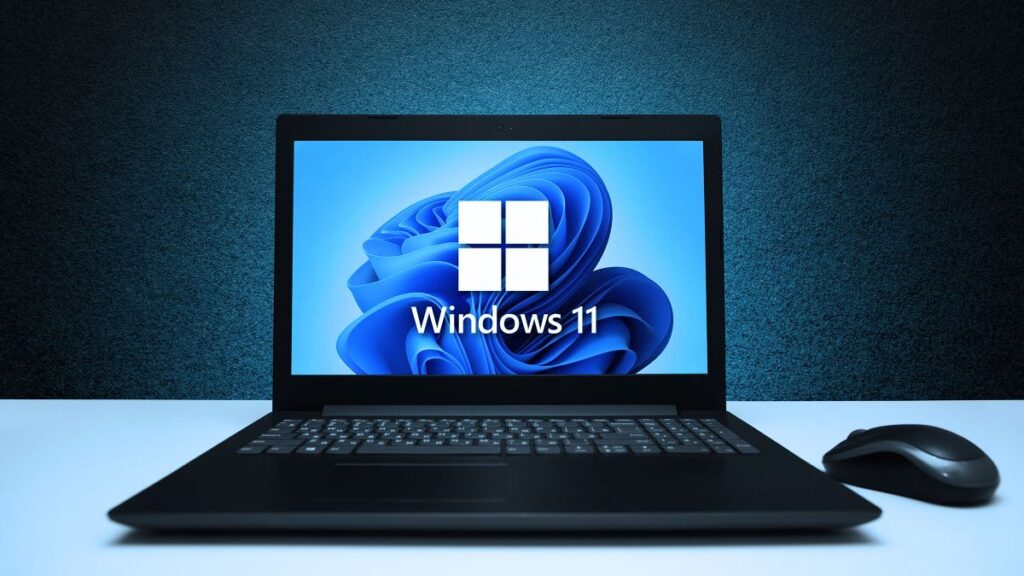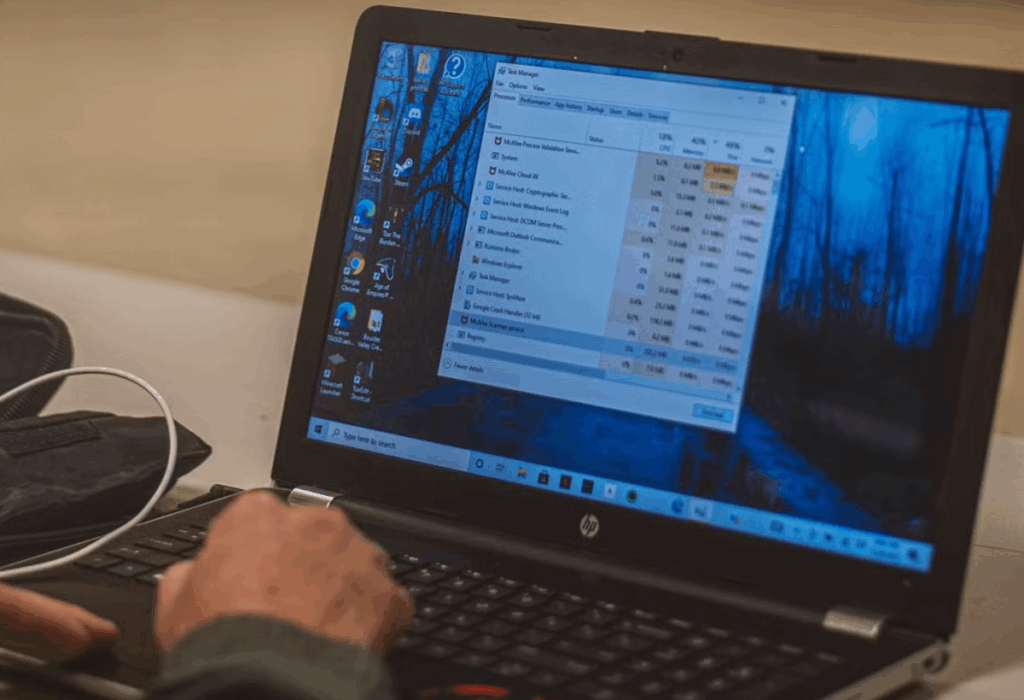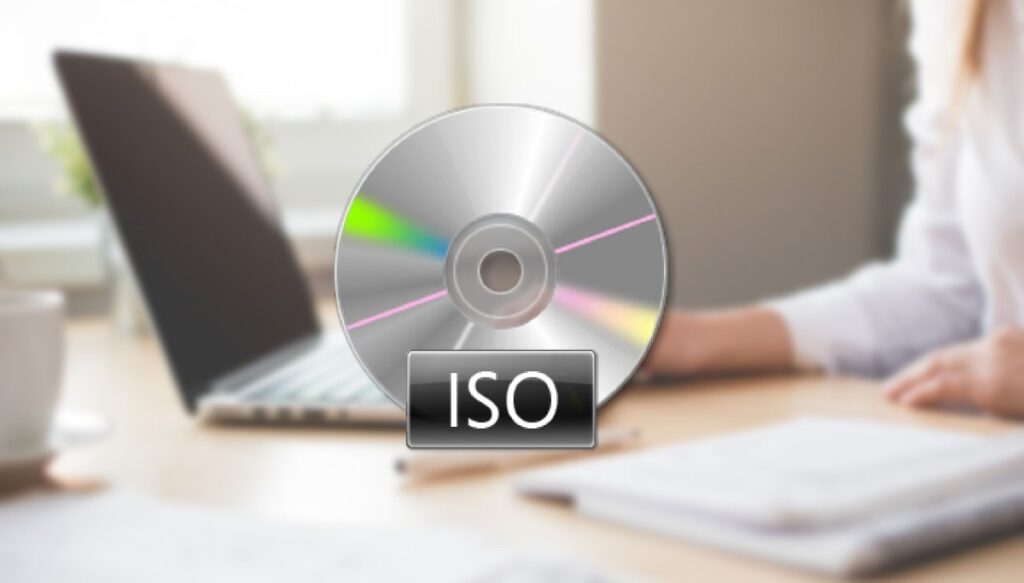- Rufus allows you to easily create a portable Windows on a bootable USB.
- A Windows To Go built with Rufus is more versatile and less limited than the official option
- Speed and reliability depend on the type and quality of the USB used.
- There are alternatives to Rufus, but it remains the gold standard for its simplicity and effectiveness.

¿How to create a portable Windows with Rufus? Carrying your own Windows operating system with you is easier than you think.Imagine connecting a USB stick to any PC and finding your personalized environment, your applications, and all your files. For many users, this feature is a real lifesaver in case of travel, critical failures, or for those who want to maintain maximum privacy and autonomy from other people's computers. Fortunately, today there are tools like Rufus that make it possible to create a portable version of Windows in an extremely accessible way.
If you are looking for a complete, up-to-date guide in Spanish on how to create a portable Windows with RufusHere's the definitive guide. From what Rufus is and the advantages of portable mode, to a step-by-step explanation, recommendations, common mistakes, tips, and other tricks gleaned from practical experience and what works best right now, everything is covered in this article. You don't need advanced knowledge: just your USB flash drive, a little time, and a desire to improve your productivity.
What does it mean to have a portable Windows and why use Rufus?

A portable Windows is a version of the operating system that can be run directly from a USB drive, without being installed on the host computer's hard drive.This allows you to enjoy your desktop, installed programs, and customized settings without depending on the PC hardware used, which is an invaluable tool for technicians, students, mobile users, or simply those concerned about security and digital mobility.
Rufus is the utility par excellence for creating bootable USB media for operating systems.Its success is due to several reasons: it is Fast, free, compatible with most versions of Windows and easy to use even for the least experienced. Additionally, the portable version of Rufus can be carried on any flash drive and run on any Windows PC without installing anything, making it the standard-bearer for those seeking versatility and ease of use when creating bootable drives.
This tool is especially useful in different scenarios:
- Create installation media from bootable ISOs (Windows, Linux and UEFI)
- Troubleshooting computers without an operating system or when the hard drive fails
- Firmware or BIOS update from DOS
- Running Advanced Utilities recovery or diagnosis
With Rufus, you have everything you need to turn a USB into a gateway to your own Windows environment, wherever you are.
Advantages and factors to consider of a Windows To Go
The 'Windows To Go' option allows you to carry a fully functional Windows installation on a USB or external drive.It's ideal for emergency situations, for professionals on the go, or for those who want to maintain a complete partition separate from the host PC. Some of its key advantages include:
- Absolute portability: You only need your USB to work on any computer
- Disaster recovery: Useful when a computer's internal hard drive stops working
- Compatibility with a wide variety of hardware, whether traditional BIOS or UEFI, making it easy to boot on most modern and legacy devices
- advanced encryption: If compatible hardware is used, you can opt for AES and BitLocker encryption.
- Safe operation: The system freezes if you momentarily remove the drive, and usually allows you to recover the session if you reinsert the USB within a minute
- Supports USB 2.0 and 3.x ports, although the speed will vary significantly
But not everything are advantagesThere are some important limitations that need to be taken into account:
- The official alternative is only available on Windows Enterprise/Pro, and the integrated 'Windows To Go' mode has usage restrictions.
- Some features like update, Microsoft store or internal disk detection may be disabled in official mode, while The procedure with Rufus eliminates many of these obstacles
- The speed of a traditional USB is slower than that of an internal hard drive or SSD, so the experience may be less fluid, especially if the pen drive is not of good quality.
To perform this task, a minimum 16 GB USB memory is recommended, although Ideally, you should use 32GB or more and opt for a fast drive., preferably USB 3.0 or higher.
Preparing the Windows ISO image for Rufus
The fundamental previous step is to download the ISO image of the version of Windows you want to install.This is essential because Rufus doesn't automatically download Windows. You can get the Windows ISO from Microsoft's own website, thanks to the official Media Creation Tool:
- Go to the Microsoft download page and select "Download the tool now."
- Run the tool, accept the terms of use, and select "Create installation media for another PC."
- Choose your language, edition, and architecture (usually Windows 10/11 64-bit)
- Choose “ISO File” (don’t mix this option with “USB Flash Drive,” which only creates a traditional installer)
Once the ISO image is downloaded, it is good practice to save it to your hard drive before continuing.. Be careful not to download ISOs from unknown sources for safety and legality.
Download and install Rufus
Rufus is available for free in two versions: installable and portable.Both take up just over a megabyte and run on Windows 8 or later, although older versions are also available if you need support for Windows 7. It's essential to download the latest version available to ensure maximum compatibility and avoid unexpected errors.
Download the executable from the official Rufus website, verify that the file is digitally signed (for security) and, if you prefer not to install anything on your computer, Choose the portable version, which you can copy to a flash drive to use on any computer..
Rufus automatically detects updates if you allow it to. Its simple, Spanish-language interface is ready to use, making the process much easier for any user, even if they're unfamiliar with the usual technical terms for this type of tool.
How to create a portable Windows step by step with Rufus
Once you have everything ready (Windows ISO image and Rufus running with administrator permissions), you can begin creating your portable Windows. The process is very simple and can be summarized in the following steps, which you can adapt according to your use and advanced needs.
- Connect the USB drive on which you want to install Windows To Go. Rufus will detect it and it will appear at the top, under the 'Device' field.
- In the countryside "Choice of boot", select 'Disc or ISO Image' and press 'Select' to choose the Windows ISO you previously downloaded.
- En «Image options», choose 'Windows To Go' mode. This is key because if you choose 'Standard Installation,' a traditional installation USB drive will be created, not a portable system.
- Select your preference for “Target system”: 'BIOS (or UEFI-CSM)' is usually recommended for maximum compatibility.
- En “Partition scheme”, it is usual to leave MBR, again to avoid problems between older and newer computers, but if you know you will only be booting on current systems, you can choose GPT.
- Leave the rest of the options as default, unless you have advanced knowledge and want to change the file system or cluster size.
- Balance "Start", accept the notice that the USB data will be erased and select the version of Windows you want to install (if the ISO includes several).
The copy process takes a few minutes, depending on the speed of the USB and the size of the image.If everything goes well, you'll receive a confirmation message. You can now remove the USB and use it on any compatible computer.
The first boot of your Windows in portable mode
When you boot your computer from the newly prepared USB, you will access the Windows First Setup Wizard.This first startup may take longer than usual: drivers are installed, services are configured, and initial files are generated. This is completely normal. From then on, the system will retain your settings and boot faster next time.
To boot from the USB, you have several options:
- Disconnect all internal drives and leave only the USB connected.
- Enter your computer's BIOS/UEFI and change the boot order to prioritize the USB.
- Repeatedly press the boot menu hotkey (usually F8, F12, ESC, etc.) during boot to manually select the USB
You enjoy a virtually complete Windows installationYou have access to hard drives and other storage devices (subject to specific limitations), can install programs, access the Microsoft Store, set up accounts, and generally use the system just as you would with a normal hard drive installation.
Remember that performance depends largely on USB speed.If you use slow memory, you'll notice stuttering and long loading times. If possible, opt for an external SSD with USB 3.1 or higher.
What are the differences between creating Windows To Go with Rufus and the official Microsoft method?
Microsoft's official method for creating a Windows To Go USB is only available in Enterprise and Pro editions., and it comes with numerous limitations: it doesn't detect internal drives, it doesn't allow hibernation or use of the Microsoft Store, and it requires the USB to be certified for this use (something that is rarely fulfilled). Rufus removes these restrictions and enables features like access to internal drives, the Store, program installation, and use of BitLocker.
In addition, Rufus is compatible with almost all USB flash drives and external drives., while the official method can reject units even if they're in good condition. Therefore, for most users, especially individuals and technicians, the Rufus method is more flexible and functional.
Advanced settings and special uses with Rufus
Rufus is not only useful for creating standard portable installations. It is capable of:
- Load ISOs of other operating systems such as Linux, FreeDOS, custom images, etc.
- Bypass certain restrictions, such as TPM and Secure Boot in Windows 11, making installations easier on modest computers.
- Detect and enable advanced features to improve compatibility and resolve issues with older BIOSes
- Be able to adjust the USB file system, between FAT32, exFAT and NTFS, according to compatibility needs or file size
- Automatically update and facilitate direct download of Windows ISOs from your menu
Furthermore, It has useful tools for advanced users, such as changing the cluster size, adding protected partitions, or editing parameters to support specific hardware. It requires some knowledge, but it's all explained in the Rufus interface and on the official website.
Common mistakes when creating a portable Windows USB and how to solve them
Although Rufus is a reliable tool, Errors may occur during the USB formatting or creation process.. Some of the most common are:
- Undetermined error during formatting: This is usually due to an incompatible file system or the USB drive being too small for the selected ISO. Solution: Try a different format (FAT32, NTFS, or exFAT), change the cluster size, or use a larger memory stick.
- Rufus does not recognize the USB: This could be due to a physical failure of the drive or a partition issue. Try formatting the USB drive from the operating system first or use a different port/USB.
- Access denied when installing WindowsThis often occurs if the USB is faulty or write-protected, or if the partition scheme/BIOS setting isn't correct. Try switching drives, adjusting the advanced options, and verifying that Rufus is running as administrator.
- Compatibility issues: If the USB only boots on certain PCs, check the BIOS/UEFI mode and try the two available partition schemes (MBR and GPT).
If the error persists, you may need to re-download the ISO, wipe the USB with a partitioning program, or even try an older version of Rufus that is compatible with your system.
Alternatives to Rufus for creating a portable Windows
If for some reason Rufus doesn't convince you, There are interesting alternatives to prepare bootable USBs.
However, for the vast majority of uses, Rufus remains the preferred choice for its simplicity, effectiveness and compatibility.
Practical recommendations to get the most out of your Windows To Go

After creating your portable Windows USB with Rufus and booting from it, you'll want to follow some practical tips:
- Use a high-quality USB, preferably an external SSD or USB 3.x memory known for its speed
- Do not remove the USB during operationIf you do this, your system may freeze; reconnecting quickly can recover your session in most cases.
- Keep the USB free of unnecessary files to optimize performance and free up space for temporary programs and files
- Always have write protection enabled Only when transporting sensitive data, but disable it when updating or modifying the system
- Save a copy of the ISO image and the Rufus executable in case you need to repeat the process on another computer or restore the USB
- If you need to download a Windows ISO, we leave you the link here. Microsoft official website.
Furthermore, keep your Windows system up to date, enable BitLocker if you're carrying sensitive information, and avoid inserting the USB into suspicious devices to avoid compromising the integrity of your portable Windows. To further improve your experience, you can also check out How to create portable programs in Windows 11.
Nowadays, anyone can have their own Windows always at hand, in a matter of minutes and without spending a cent. Rufus and the method described in this manual guarantee a flexible, compatible, and powerful solution, suitable for both emergencies and those seeking maximum computing mobility. Give it a try and discover how much your digital life can improve thanks to the true portability of your favorite operating system. We hope you now know how to create a portable Windows with Rufus.
Passionate about technology since he was little. I love being up to date in the sector and, above all, communicating it. That is why I have been dedicated to communication on technology and video game websites for many years. You can find me writing about Android, Windows, MacOS, iOS, Nintendo or any other related topic that comes to mind.




